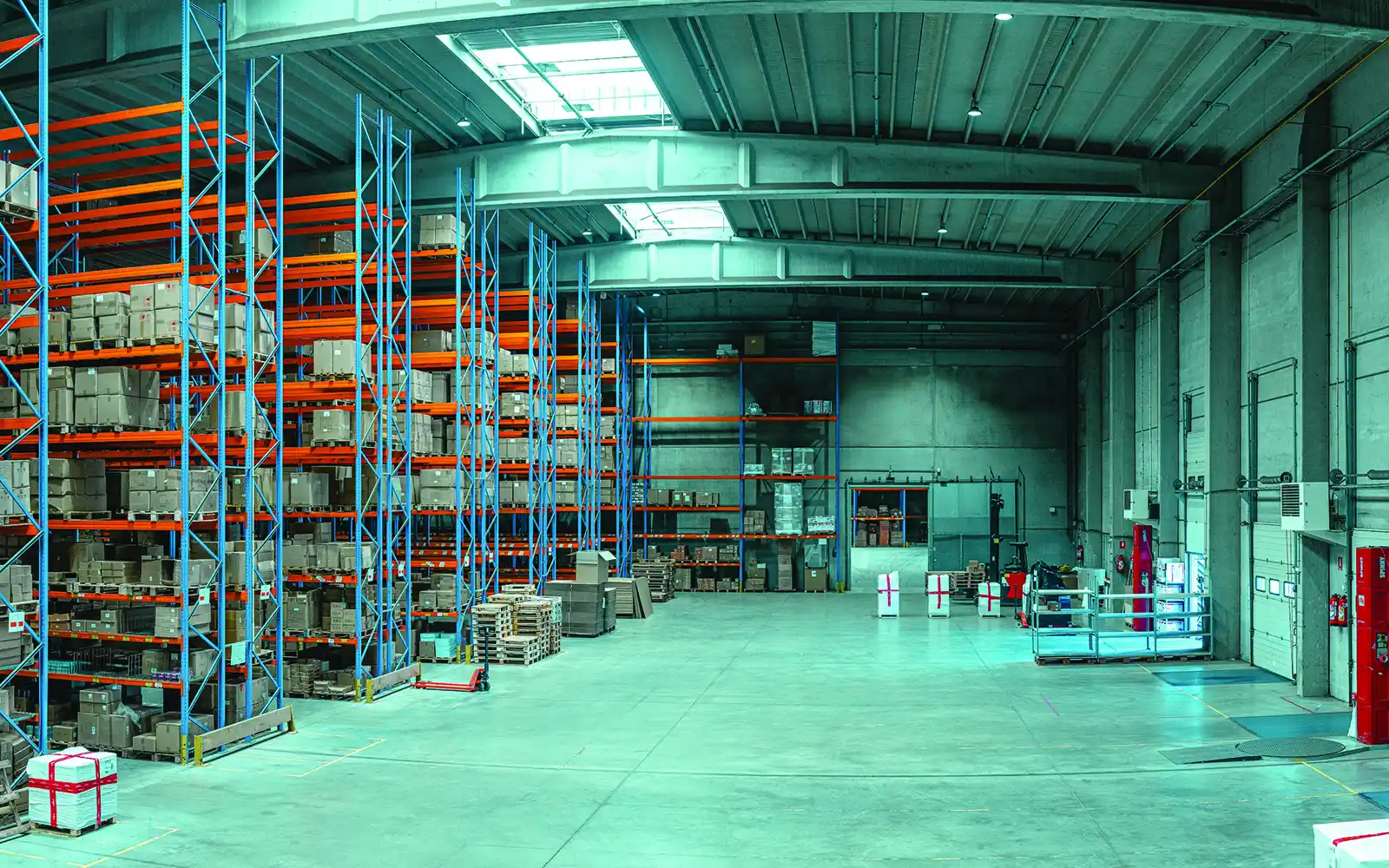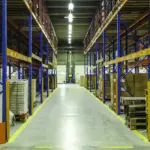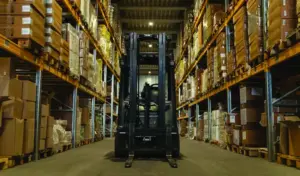Selling products through an e-commerce website involves more complexity than just setting up a website and adding items to your catalogue. Determining how and where you’ll store your merchandise is crucial, as this greatly impacts your supply chain. This is where e-commerce warehousing plays a vital role.
Getting this aspect right can lead to time savings, increased profits, and enhanced customer satisfaction. On the flip side, mistakes in this area can quickly drain money from your e-commerce venture and negatively affect other parts of your business. This comprehensive guide will thoroughly explain e-commerce warehousing and give you key pointers to keep in mind when employing ecommerce warehouse leasing companies.
Table of Contents
ToggleWhat Does E-commerce Warehousing Involve?
E-commerce warehousing refers to the process of storing and overseeing products sold by an online store. This encompasses activities such as securing products, tracking inventory locations in real-time, managing available product quantities, monitoring how long items remain in the facility, and more. It also extends to how items are packaged and shipped from the warehouse.
Any dedicated space or room designed for storing, safeguarding, tracking, managing, packing, and dispatching e-commerce inventory can serve as an e-commerce warehouse. This concept doesn’t necessarily require a traditional warehouse;
Key Considerations for Setting Up Ecommerce Warehousing

As you explore various warehousing storage solutions, these are the essential factors to remember. Here’s a brief checklist to aid your evaluation process:
1. Warehouse Space: Determine whether you need an entire warehouse or a specific section. Consider both storage space for inventory and room for managing deliveries, packaging, equipment, etc. To avoid needing to relocate once your business grows, plan ahead and keep space secured for expansion.
2. Equipment: This includes shelving, racks, pallets, transportation tools, loading equipment, labels, scanners, boxes, etc.
3. Process Automation: Prioritise solutions that streamline repetitive tasks, like barcode scanning and box breakdown machines.
4. Warehouse Guidelines: If managing the warehouse yourself, establish guidelines aligned with safety requirements. Define quality control standards and workflows alongside legal obligations and worker safety.
5. Technology and Integrations: Utilise Warehouse Management System (WMS) software for a smoother process. Ensure the technology seamlessly integrates with your existing tools, such as shopping cart software, e-commerce platforms, accounting systems, shipping software, ERP systems, etc.
6. 3PL Services: Essential if you plan to outsource ecommerce warehousing fully. A Third-Party Logistics (3PL) service can handle tasks on your behalf, eliminating the need for you to interact with inventory or visit a warehouse.
7. Sustainability: Opt for a sustainable warehouse that aligns with sustainable practices and environmental considerations. Choose options that minimise waste, energy consumption, and carbon footprint, contributing to a greener business model and addressing growing consumer demands for eco-friendly operations.
Parting Words
Considering that there’s no universal e-commerce warehousing solution, these factors must guide your decision-making as you tailor the best approach for your business.
If you are looking for an e-Commerce warehousing solution in Chennai, India, then Hiranandani Industrial Parks at Red Hills, Chennai, is the answer for you. Check out our website to learn more.















